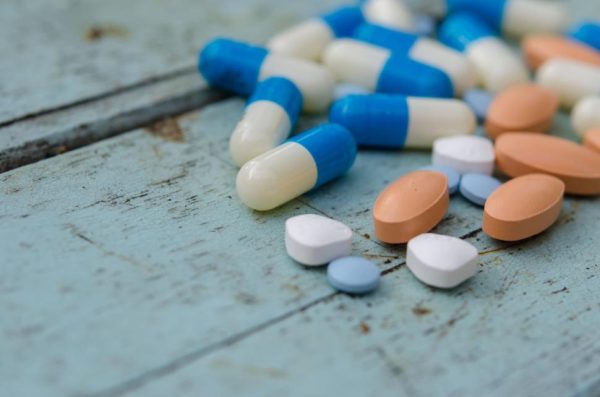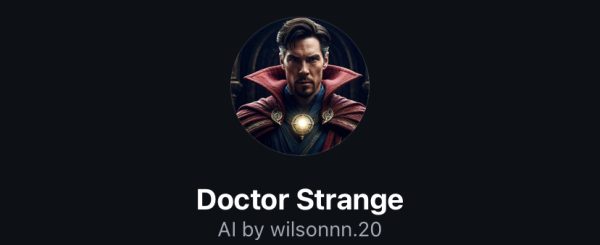Encoding Data in Synthetic DNA
The evolution of data storage continues to improve with the contribution of synthetic DNA.
Rather than the use of cheap magnetic tape and other storage devices, researchers conclude synthetic DNA as the best solution to the ongoing increase of data production. In 2017, Yaniv Elrich, an assistant professor of computer science at Columbia Engineering, and Dina Zielinski, a bioinformatics researcher, work together and discover a new way to encode sixty percent more data than what was previously possible. Taking place in the New York Genome Center, this marks a major breakthrough in synthetic biology, the branch that bridges biology with engineering, and the direction of data storage in synthetic DNA.
What do you use data for? Saving documents, watching old videos, and taking pictures; those all use data. We are producing so much data that we rely on magnetic tape from data centers in addition to hard drives. This causes problems because tape takes up space and the reason as to why there are about three million data storage centers in the U.S. alone. By the time there is no more space to put our data in, there is our backup, DNA. DNA is more robust and compact than any other storage device mainly because of its high density, meaning that a large data center can be replaced with just a few grams of DNA. Along with that, it lasts way longer than the shelf-life of most devices that are up to thirty years, while DNA’s half-life is five-hundred years. If this was possible centuries ago, we would be able to understand and go in more-depth with past information.
Converting data into DNA and bringing it back to rebuild the data inside is one of the methods used and mastered by Elrich and Zielinski. Data is read in binary code, long strands of ones and zeros, that would be translated into DNA through adenine, thymine, cytosine, and guanine, the four nucleotide bases that make up the DNA structure, which is then paired with their own series of ones and zeros. Using their methods, they managed to load digital files in incredibly small amounts of DNA. To get the picture: Weighing around one hundred fifty grams is a terabyte drive. They were able to fit 215,000 times as much data in one gram of data.
“Science and everyday life cannot and should not be separated,” said Rosalind Franklin, an English chemist who discovered the molecular structure of DNA. Wilcox biology teacher, Mr. McQuade states his thoughts on the matter: “It’s out of the box thinking which I think is great. It seems like something that is going to be the wave of the future.” He adds, “Things will get cheaper as more people get involved and as technology evolves… it’ll become cheap enough that it’ll be the way we store information.” As of now scientists are still improving techniques for reading and writing DNA. As for the future, we are looking at the evolution of data storage with its use of biological life and it being more common, practical, and more useful for succeeding generations.






